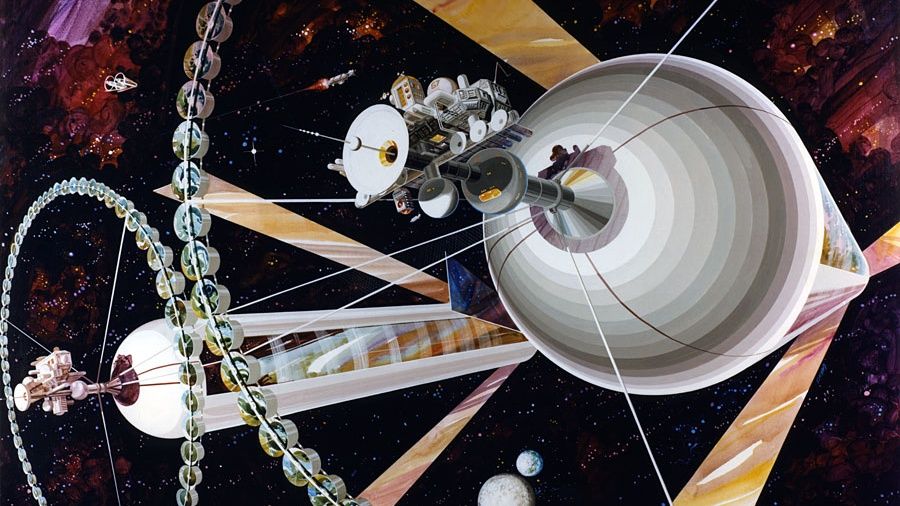| IN A NUTSHELL |
|
Quantum mechanics, a field grounded in the mysteries of the subatomic world, has long been constrained by the enigmatic uncertainty principle. This principle, introduced by Werner Heisenberg nearly a century ago, dictates that certain pairs of physical properties cannot be simultaneously known to arbitrary precision. However, researchers at the University of Arizona have now made a groundbreaking advance. They have managed to capture quantum uncertainty in real time, utilizing ultrafast squeezed light. This development not only provides a new perspective on Heisenberg’s principle but also opens avenues for innovations in secure communication and quantum sensing.
Understanding Squeezed Light
The concept of squeezed light is central to this breakthrough. In quantum physics, light possesses two interlinked properties analogous to a particle’s position and intensity. These properties cannot be precisely measured at the same time, which is the essence of quantum uncertainty. Mohammed Hassan, the study’s corresponding author, explains this phenomenon using a balloon analogy. Ordinary light is akin to a round balloon, with uncertainty uniformly distributed. In contrast, squeezed light is stretched into an oval shape, making one property more precise while increasing the noise in the other.
Squeezed light has previously been harnessed in gravitational-wave detectors, where it helps in reducing background noise to detect faint cosmic signals. Hassan’s team sought to push the boundaries by generating squeezed light using ultrafast laser pulses, measurable in femtoseconds. This approach marks a significant leap from earlier methods that relied on longer laser pulses. By overcoming the challenges of phase-matching between lasers of various colors, the team has set the stage for the integration of quantum optics with ultrafast science.
Precision in Every Photon
The technical innovation lies in the method of producing ultrafast squeezed light. The research team employed a technique called four-wave mixing, which involves the interaction of different light sources. By splitting a laser into three identical beams and focusing them into fused silica, they achieved the generation of ultrafast squeezed light. Unlike previous studies that concentrated on reducing uncertainty in a photon’s phase, Hassan’s team focused on squeezing a photon’s intensity.
Through real-time control, the team was able to fluctuate between intensity and phase-squeezing by adjusting the silica’s position relative to the beams. This adjustment allows precise control over the squeeze effect, marking a first in the field. The implications of this research are profound, as it combines the realms of ultrafast lasers and quantum optics, paving the way for a new era in quantum technology.
Securing Quantum Communication
The implications of ultrafast squeezed light extend beyond the laboratory to the realm of secure communications. Combining ultrafast and squeezed light pulses enhances both the speed and security of data transmission. According to Hassan, if an eavesdropper attempts to intercept data sent using quantum light, the network can detect the intrusion immediately. However, the intruder might still retrieve some information if they possess a decoding key.
With the newly developed method, an eavesdropper faces an added layer of complexity. They must not only disrupt the quantum state but also possess knowledge of both the key and the exact pulse amplitude. Any interference affects the amplitude squeezing, rendering the decoded data inaccurate. This added security could revolutionize how sensitive information is transmitted, providing a more robust defense against cyber threats.
Future Applications in Science and Technology
Beyond secure communication, the potential applications of ultrafast squeezed light are vast. In quantum sensing, this technology could lead to more precise measurements in various scientific fields, including chemistry and biology. Hassan envisions that this could translate into more accurate diagnostic tools, innovative drug discovery methods, and highly sensitive environmental monitoring detectors.
The collaborative effort behind this research involved international teams from esteemed institutions such as the Barcelona Institute of Science and Technology and Ludwig Maximilian University of Munich. The findings, published in Light: Science & Applications, underscore the global significance and collaborative nature of this scientific advancement. As researchers continue to explore the possibilities of ultrafast quantum optics, the potential for transformative impacts across multiple sectors remains immense.
As the boundaries of quantum science continue to expand, the real-time control of quantum uncertainty using ultrafast squeezed light offers a glimpse into a future of unprecedented technological advancement. The implications for secure communication, precise sensing, and beyond are promising, but they also raise critical questions. How will these advancements be integrated into existing technologies, and what ethical considerations will emerge as we harness the power of quantum mechanics in everyday life?
This article is based on verified sources and supported by editorial technologies.
Did you like it? 4.6/5 (29)
Source link


